The art of accessorizing is an essential skill that can elevate any outfit, transforming a simple look into something stylish and sophisticated. Accessories are not just add-ons; they serve as defining elements that reflect your personality and complete your overall appearance. However, matching accessories with your outfit requires balance, coordination, and creativity. Here’s a guide to help you master the art of harmonizing your accessories with your attire.
Understand the Role of Accessories
Accessories should complement your outfit, not overpower it. They act as accents, adding depth and texture to your look. For example, a statement necklace can draw attention to a simple dress, while a patterned scarf can add a pop of color to a monochromatic ensemble. Before selecting accessories, identify the role you want them to play in your outfit—whether to make a bold statement, highlight a specific feature, or tie the look together seamlessly.
Choose a Focal Point
Having a focal point is crucial for a balanced outfit. Decide whether your clothes or accessories will take center stage. For instance, if your outfit features bold prints or vibrant colors, opt for understated accessories that don’t compete for attention. Conversely, if your attire is simple or neutral, you can experiment with bold or colorful accessories to create a striking effect. Choosing a focal point prevents over-accessorizing and maintains a cohesive look.
Coordinate Colors Thoughtfully

A general rule when dealing with colors is to stick to a cohesive color palette while adding one or two complementary or contrasting shades for visual interest. For instance, a black outfit can be paired with gold or silver accessories for a classic look, while a navy ensemble might pair well with coral or mustard accents. Neutral beige, white, and gray tones allow more freedom with colorful or textured accessories.
Balance Textures and Patterns
Matching textures and patterns is another way to ensure harmony between your outfit and accessories. If your clothing features intricate patterns or embellishments, keep your accessories simple to avoid cluttering. On the other hand, plain outfits can be elevated with textured or patterned accessories, such as a woven bag, beaded jewelry, or snakeskin shoes. Achieving the right balance prevents your overall look from feeling too busy or monotonous.
Pay Attention to Proportions
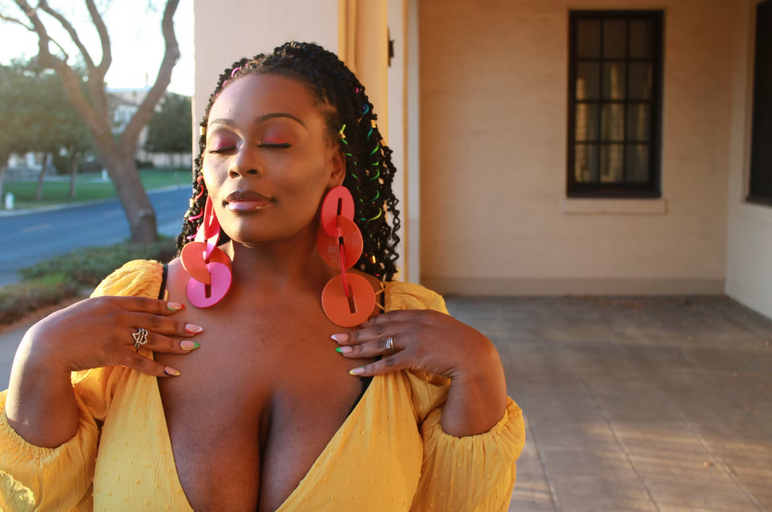
The proportions of your accessories should align with your outfit and overall body frame. For example, if you’re wearing a high-neck dress, choose earrings or a bracelet instead of a necklace to avoid overcrowding the neckline. Similarly, oversized handbags may overpower petite outfits, while dainty jewelry can get lost in bold or oversized clothing. Considering scale ensures that your accessories enhance rather than detract from your look.
Be Mindful of the Occasion
The appropriateness of your accessories often depends on the occasion. Elegant pieces like pearls, sleek clutches, and classic heels are ideal for formal events. You can be more playful with colorful scarves, chunky jewelry, or crossbody bags for casual outings. Matching your accessories to the event context ensures that your style feels intentional and suitable.
Matching your outfit with your accessories is about achieving balance and harmony while expressing your style. By coordinating colors, textures, and proportions and considering the occasion, you can create polished and cohesive looks. Accessories are more than just add-ons; they are an extension of your personality and a tool to elevate your outfit effortlessly. With these tips, you’ll be well-equipped to make every outfit stand out.

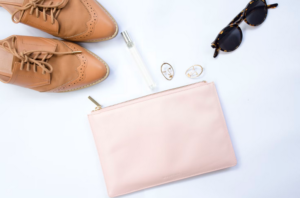


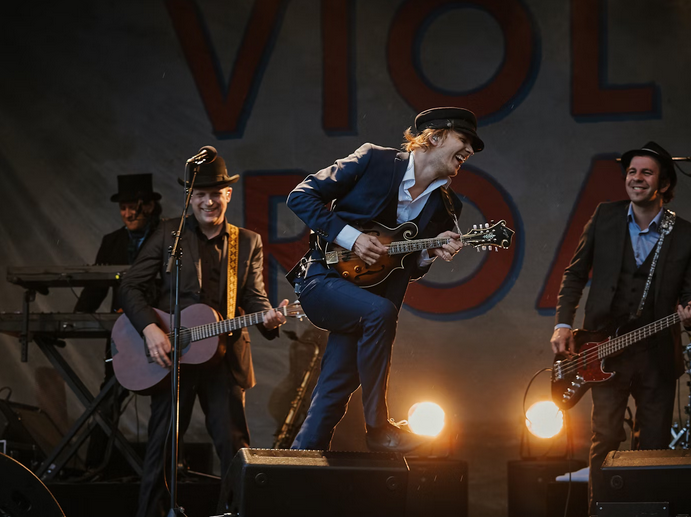
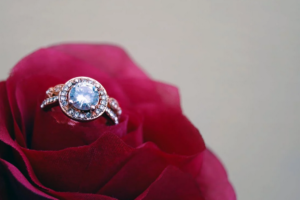
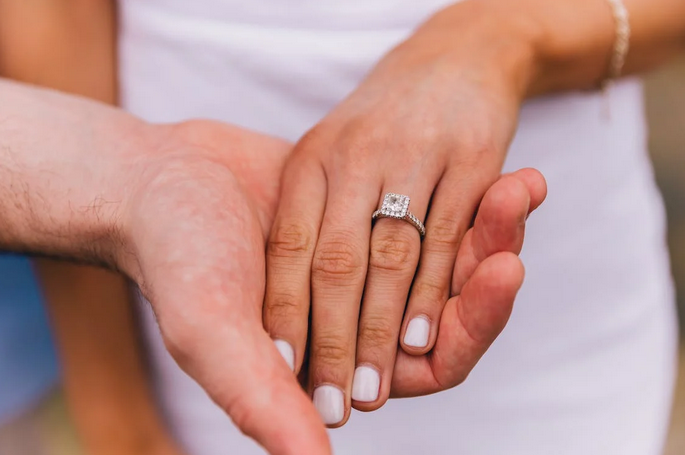 Have you ever caught your ring on something and felt a jolt of panic? We’ve all been there, and it’s not a fun feeling. To avoid damaging your ring, try to be mindful of what you’re doing while wearing it. Avoid activities that could risk your ring, such as contact sports or gardening. If you must do these activities, remove your ring first. Similarly, being careful when putting on and taking off your ring is essential. Be gentle when sliding it over your knuckles, and never force it. If your ring feels stuck, try twisting it a few times before gently pulling it off.
Have you ever caught your ring on something and felt a jolt of panic? We’ve all been there, and it’s not a fun feeling. To avoid damaging your ring, try to be mindful of what you’re doing while wearing it. Avoid activities that could risk your ring, such as contact sports or gardening. If you must do these activities, remove your ring first. Similarly, being careful when putting on and taking off your ring is essential. Be gentle when sliding it over your knuckles, and never force it. If your ring feels stuck, try twisting it a few times before gently pulling it off.